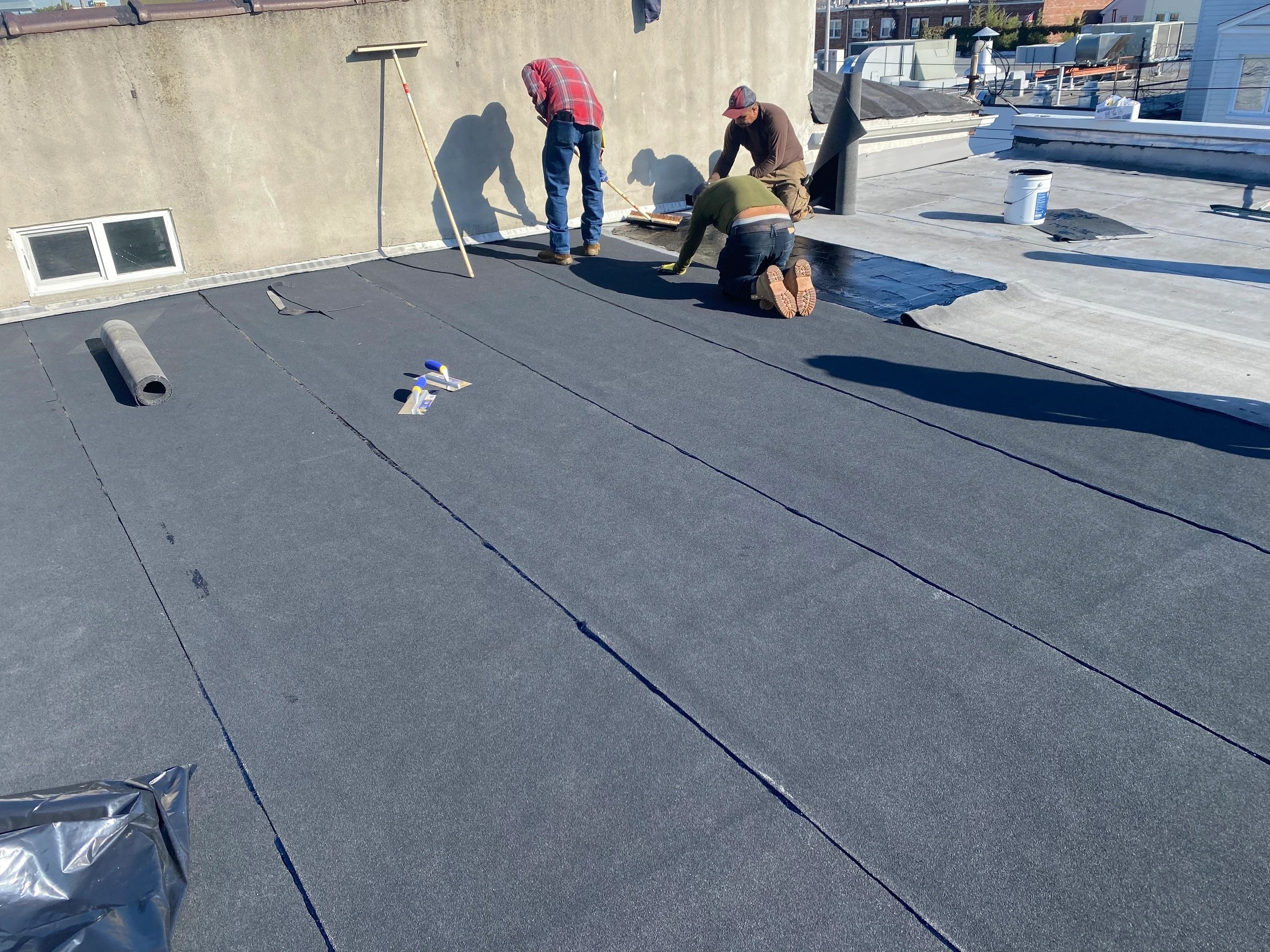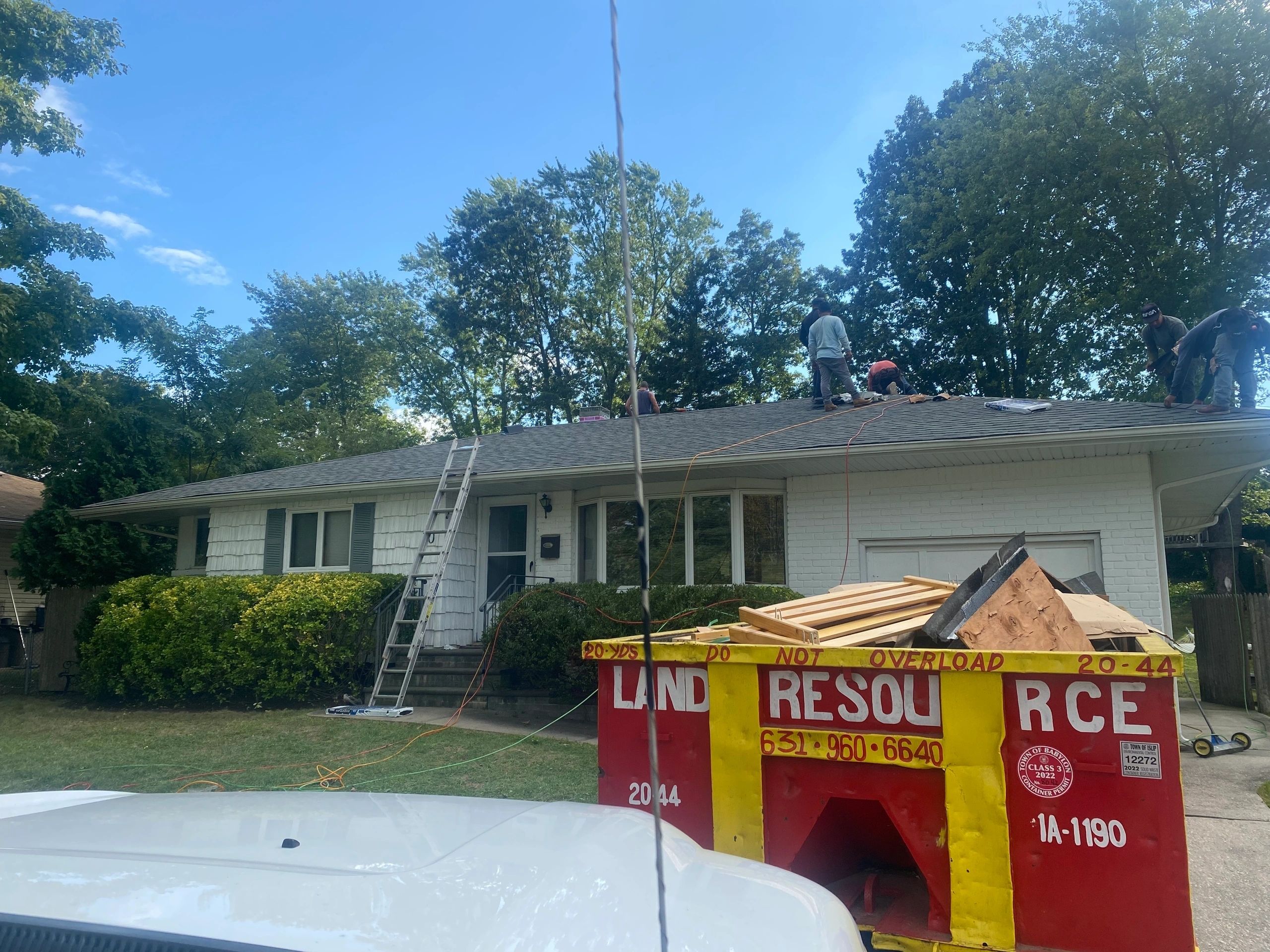Roof ventilation is a critical component of a healthy and energy-efficient home. Proper ventilation in the roof space allows for the flow of fresh air, which helps to remove excess moisture, prevent mold growth, and improve indoor air quality. It also helps to regulate the temperature of your home, making it more comfortable to live in and reducing your energy bills.

There are several reasons why roof ventilation is essential for your home:
- Prevents mold and mildew growth
Mold and mildew can grow in the warm, humid environment created by an unventilated roof space. This can be a significant problem, as mold and mildew can cause health issues such as respiratory problems, allergies, and asthma. Proper roof ventilation helps to reduce the humidity level in your home, preventing mold and mildew growth.
- Protects your roof
Roof ventilation also helps to protect your roof by reducing the amount of moisture that can accumulate on the underside of the roof. Moisture can damage the roof structure over time, causing rot, corrosion, and other problems. Proper ventilation helps to prevent moisture buildup, prolonging the life of your roof.
- Reduces energy costs
Proper roof ventilation can help to reduce your energy costs by regulating the temperature of your home. During hot weather, ventilation helps to remove hot air from the roof space, which can reduce the amount of heat that enters your home. This can lower your air conditioning bills and make your home more comfortable to live in. During cold weather, ventilation helps to prevent the buildup of moisture and ice, which can damage your roof and increase heating costs.
- Improves indoor air quality
Good ventilation also improves indoor air quality by removing stale, humid air and replacing it with fresh, clean air. This can reduce the buildup of pollutants, such as carbon dioxide and volatile organic compounds (VOCs), which can cause health problems.
- Complies with building codes
Proper roof ventilation is often required by building codes and regulations. Failure to comply with these regulations can result in fines and other penalties. It is essential to ensure that your home meets the minimum requirements for roof ventilation to avoid these issues.
In conclusion, proper roof ventilation is essential for a healthy and energy-efficient home. It helps to prevent mold and mildew growth, protect your roof, reduce energy costs, improve indoor air quality, and comply with building codes. If you are unsure about the ventilation in your home, it is recommended that you consult with a professional roofing contractor to assess your needs and make any necessary improvements.
When it comes to maintaining the temperature inside your home, the roof plays a vital role. One of the most effective ways to ensure proper ventilation in your home is by installing a roof fan. However, choosing the right type of roof fan can be a bit confusing, especially when it comes to deciding between solar roof fans and electric power fans.

Let’s take a closer look at the differences between these two types of roof fans, so you can make an informed decision for your home.
Solar Roof Fans
As the name suggests, solar roof fans are powered by the sun’s energy. These fans use a solar panel to convert sunlight into electricity, which is then used to power the fan’s motor. The major advantage of using solar roof fans is that they don’t require any electricity from the grid to operate, which can result in significant cost savings on your energy bills. Additionally, solar roof fans are eco-friendly, as they don’t produce any greenhouse gas emissions.
Another advantage of solar roof fans is that they can operate even during power outages. This is because they don’t rely on electricity from the grid, which can be particularly useful during severe weather events when power outages are more likely to occur.
Electric Power Fans
Electric power fans, on the other hand, are powered by electricity from the grid. These fans are typically more powerful than solar roof fans, which means they can move more air and provide more effective ventilation. Additionally, electric power fans can be more cost-effective to install compared to solar roof fans, as they don’t require the installation of solar panels or a battery backup system.
However, electric power fans are not as eco-friendly as solar roof fans, as they rely on electricity generated from non-renewable sources. They can also result in higher energy bills, especially during periods of high energy consumption.
So which type of roof fan is right for you? Ultimately, it depends on your specific needs and preferences. If you’re looking for an eco-friendly, cost-effective option that can operate during power outages, then a solar roof fan may be the best choice for you. On the other hand, if you’re looking for a more powerful fan that can move more air and provide more effective ventilation, then an electric power fan may be a better option.
Regardless of which type of roof fan you choose, it’s important to ensure that it’s installed properly by a qualified professional. This will ensure that your fan is working efficiently and effectively, which can help you save money on your energy bills and maintain a comfortable temperature inside your home.
